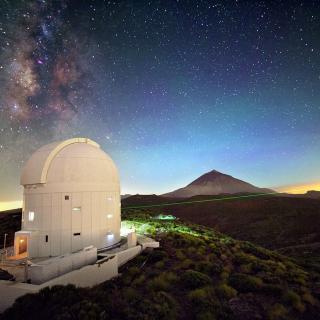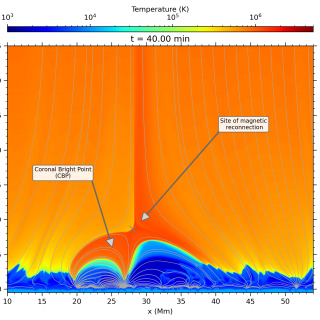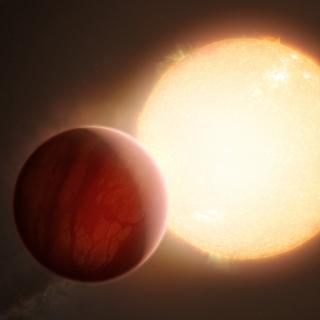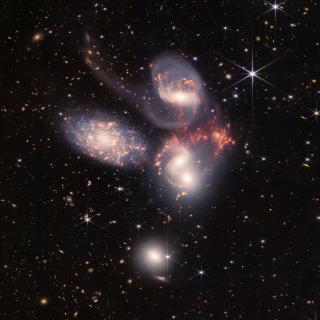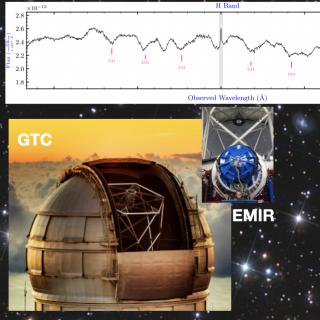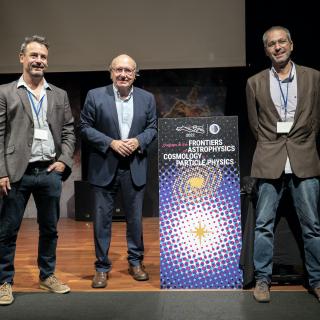
From 21th November till 2nd December at the Museo de la Ciencia y el Cosmos (San Cristóbal de La Laguna), and organised by the Instituto de Astrofísica de Canarias The 33rd edition of the Winter School of the Instituto de Astrofísica de Canarias will focus on the efforts of astrophysics, cosmology and particle physics to understand the mysteries of the dark universe. The XXXIII Canary Islands Winter School of Astrophysics, which is taking place between November 21st and December 2nd, was inaugurated yesterday in the Museo de la Ciencia y el Cosmos, with a welcome address by Rafael Rebolo
